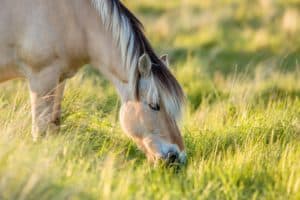
Don’t Gamble With Green Grass
For some horses, overingesting certain grasses can lead to laminitis. Learn more about managing these horses and their pastures.
Laminitis (commonly called “founder”) affects an estimated 7-14% of the world’s equine population. It’s the inflammation of the tiny, interwoven lamellae that attach a horse’s hoof to the underlying coffin bone (third phalanx, or P3) and support the horse’s entire body weight. Anything that impacts the integrity of the lamellae, such as inflammation, weakens their hold. This causes the coffin bone to displace within the hoof capsule and move toward the ground. The condition is very painful and is often life-threatening to horses.
The same disease has several different causes, which include:

For some horses, overingesting certain grasses can lead to laminitis. Learn more about managing these horses and their pastures.
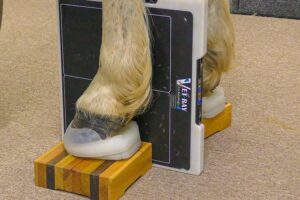
Two equine hoof care professionals share examples of how they diagnosed, treated, and maintained horses suffering from hoof-related lamenesses.
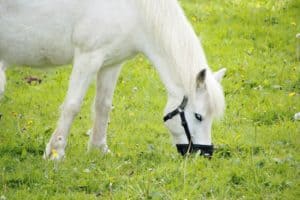
Discover why adhering to your veterinarian’s carefully designed laminitis-care plan is critical to your horse’s welfare and well-being in this article from the Winter 2023 issue of The Horse.
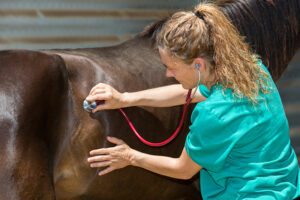
Research shows slight shifts in the horse’s intestinal microbiome can have far-reaching effects. Learn more in The Horse‘s 2023 Research Roundup issue.
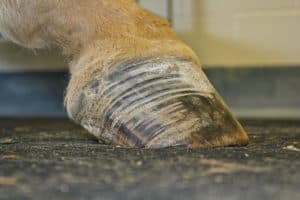
Find out how to recognize when a horse is at risk of developing EMS-related laminitis and what you can do to either prevent or manage it so he stays sound.
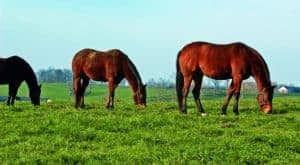
If your broodmare is overweight and/or has metabolic problems, her foal could be at risk. Here’s how you can keep both horses safe during pregnancy.

Horses with certain health conditions should skip sweet treats. Find out if your horse is one.
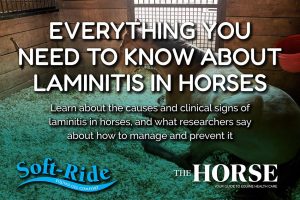
Learn about the causes and clinical signs of laminitis in horses, and what researchers say about how to manage and prevent it. Sponsored by Soft-Ride.

New methods might help veterinarians diagnose and treat the painful equine hoof disease laminitis more efficiently.
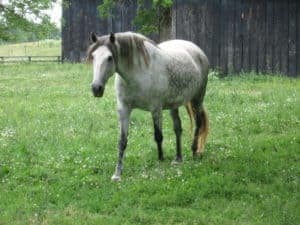
Blood insulin levels can warn of increased risk of laminitis in obese horses and ponies and spur owners to mitigate it.
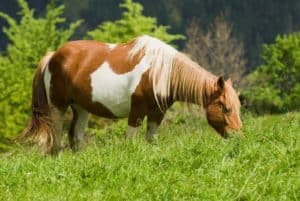
Hyperinsulinemia-associated laminitis has become a great risk for the health and welfare of domestic horses. Although medications for this condition exist, they cannot replace good management.
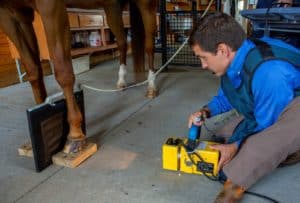
A veterinarian explains why hoof radiographs are important, how to use them, and what role they play in helping your horse feel and move better.

Horses with ID are at greater risk of developing laminitis. Knowing if your horse has a metabolic problem can help you prevent this painful condition.
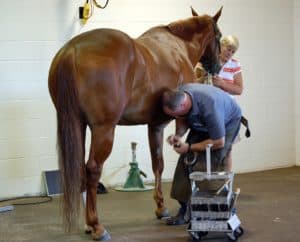
Cadaver hoof study confirms expectation that heart-bar shoes can reduce coffin bone motion in horses with laminitis.
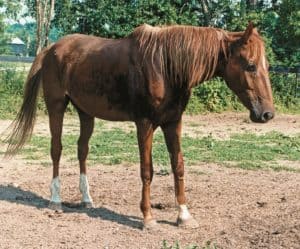
Reacting quickly and correctly to an episode of HAL will give your horse a greater chance for future soundness.
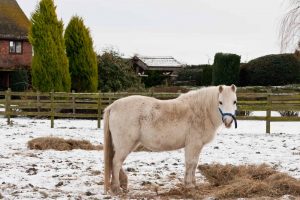
When managing laminitic horses, making dietary changes is often necessary for the success of other treatment efforts.
Stay on top of the most recent Horse Health news with
© 2022 Copyright Statement dolor sit amet, consetetur sadipscing User Terms, sed diam nonumy eirmod tempor invidunt ut labore et dolore magna aliquyam erat, sed diam voluptua. At vero eos et accusam et justo duo dolores et ea rebum. Stet clita kasd gubergren, no sea takimata sanctus est Lorem ipsum dolor sit amet.
"*" indicates required fields